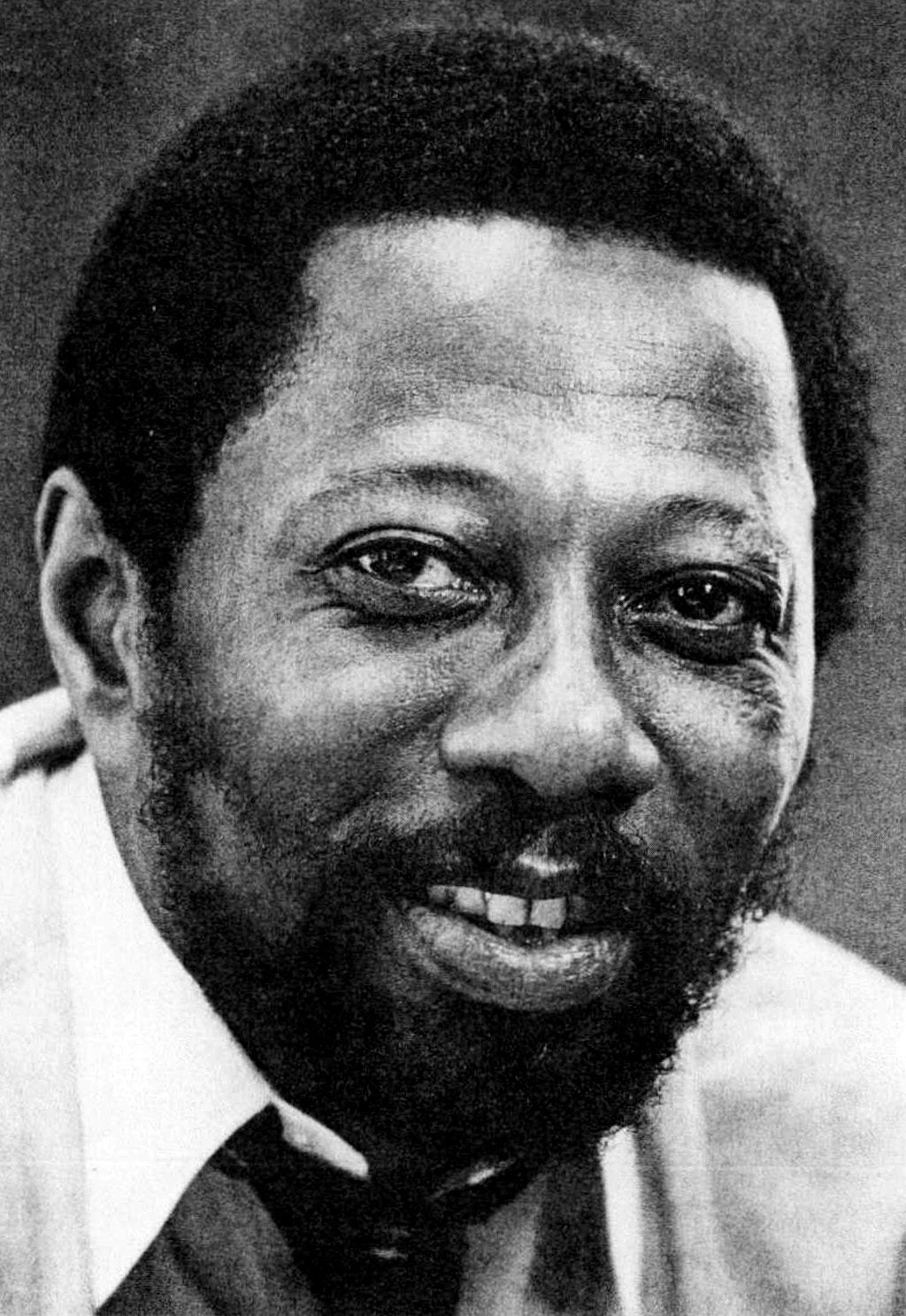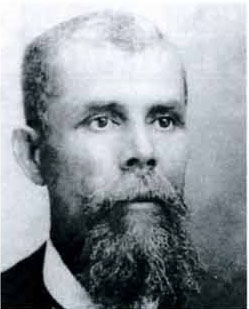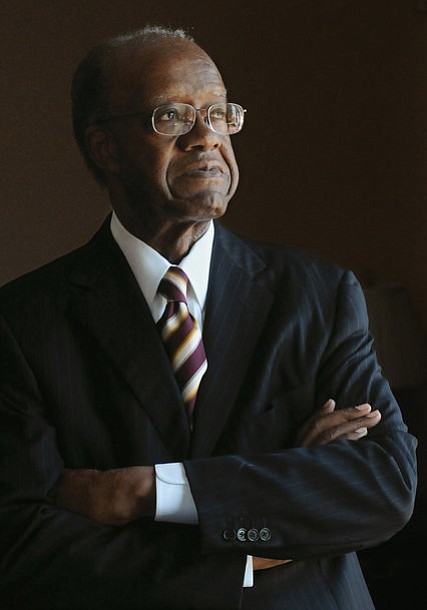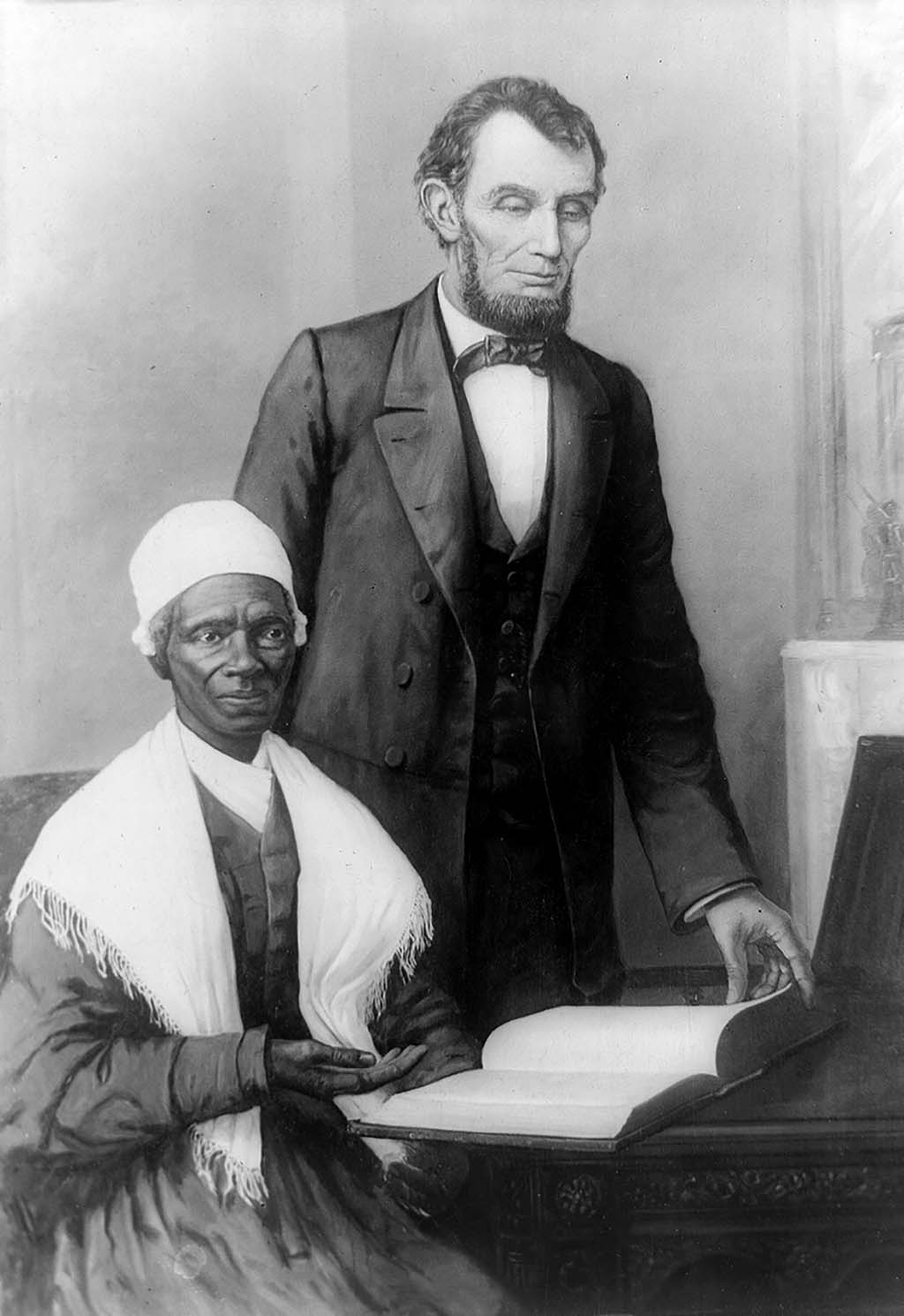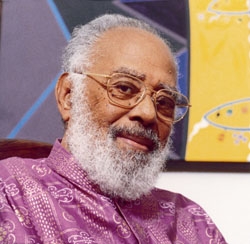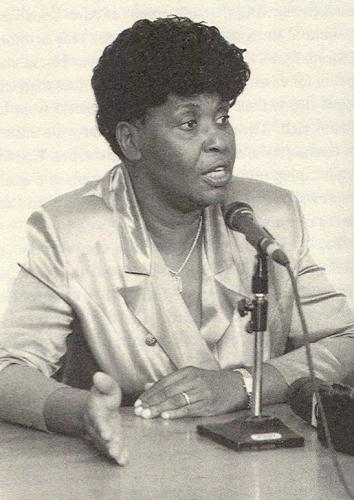Georgetown, with a 2014 population of 239,227, is the capital, major port, and largest city of the nation of Guyana. Since the entire nation has 769,000 people, about one third of the country’s population resides in the capital city. Georgetown sits on a flat coastal plain prone to flooding. It is surrounded by acres of sugar cane fields, swamps, and savannahs although a tropical rain forest covers more than 80% of the nation.
Guyana’s natural wealth attracted the Spanish, Dutch, French, and English with each struggling to possess it. The Spanish were the first Europeans to visit the area but it was first explored for England in 1595 by Sir Walter Raleigh.
The Dutch were the first Europeans to settle in the region in the early 17th century, when they founded the colonies of Essequibo and Berbice. The British seized the area from the Dutch in 1781 and founded the settlement that would eventually become Georgetown. The French captured the region one year later, and developed the town which they renamed La Nouvelle Ville, making it the capital of their fledgling colony. In 1784 the Dutch reclaimed the area and named the town Stabroek. In 1796, Britain established permanent control of the colony. In 1812 they renamed Stabroek Georgetown in honor of King George III. In 1831 they declared Georgetown the capital of their colony of British Guiana.
Beginning with the Dutch, enslaved Africans were brought in to work the region’s sugar plantations. The abolition of slavery in 1833, however, led to a dramatic rise in the population of Georgetown. When indentured servants from India arrived in the 1850s partly to replace rural black labor, many of the second and third generations eventually moved to Georgetown as well. Today the city’s population is approximately 44% of East Indian descent, 30% of African descent, with about 17% mixed race. Persons of European or Amerindian ancestry comprise the remaining 9% of the population.
When Guyana became independent in 1966, Georgetown was declared its capital. Today Georgetown is Guyana’s chief government, financial, commercial, and manufacturing center. A number of large sugar refineries are located there and exports from its port include sugar, timber, bauxite, gold, and diamonds. The nationalization of internationally owned companies operating in Guyana in the late 1970s caused an exodus of skilled people and capital from which the nation has yet to recover.
Although located on the South American mainland, Guyana’s major economic and cultural ties are with Caribbean nations. It is the seat of the Caribbean Community (CARICOM) and the administrative arm of the Caribbean Regional Integration Organisation (CRIO) is located in Georgetown.
Georgetown’s tree-lined streets and avenues display examples of quaint Dutch colonial and Victorian architecture, reminders of its days as a Dutch and English colony.





